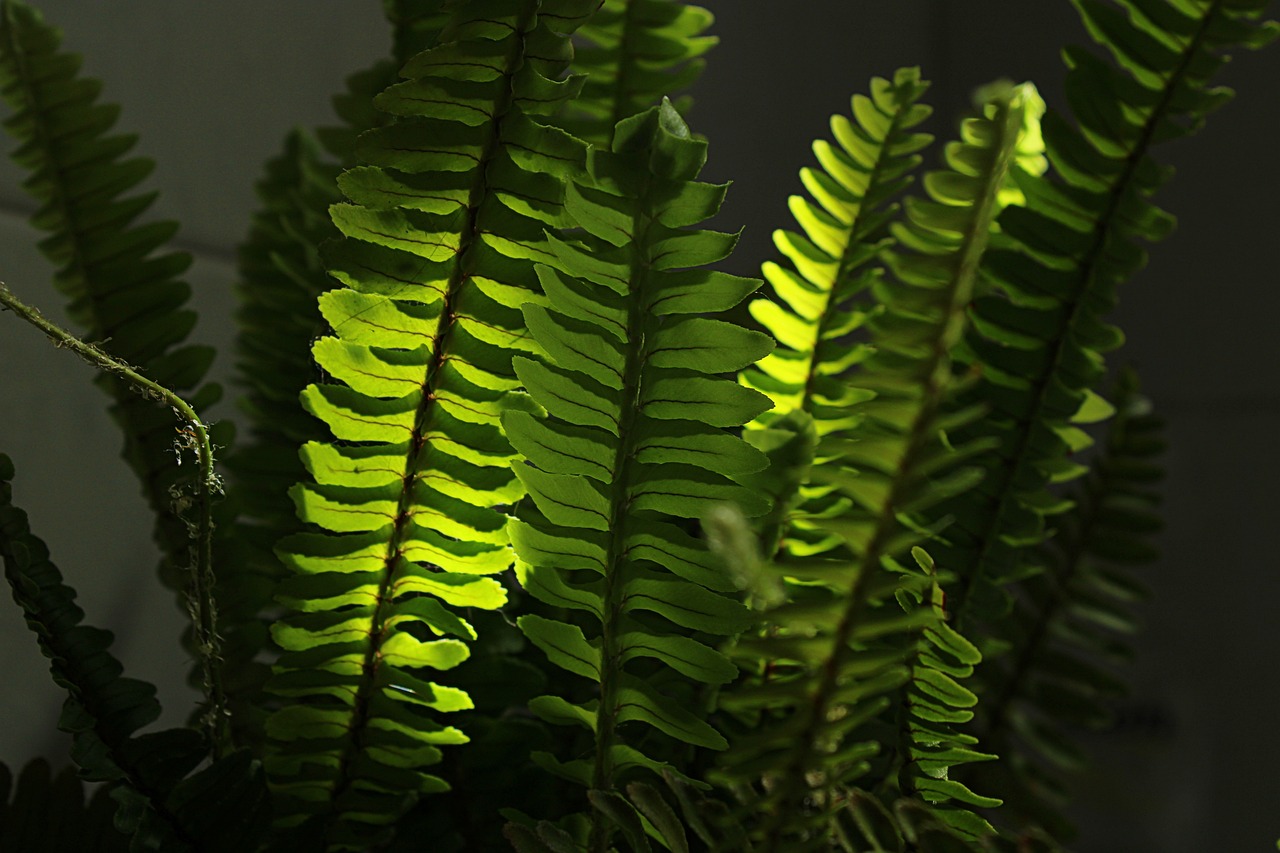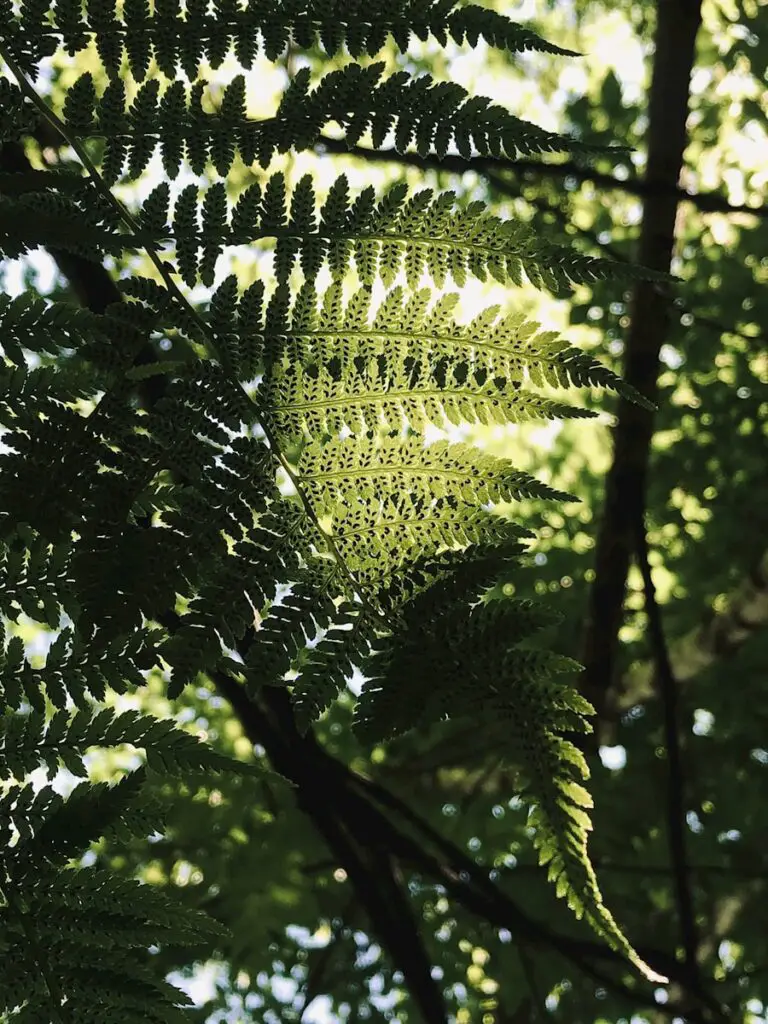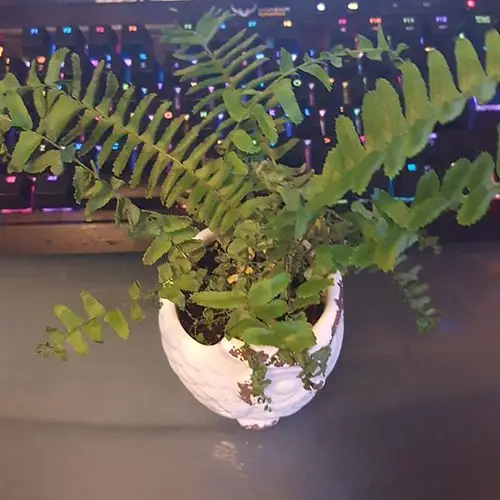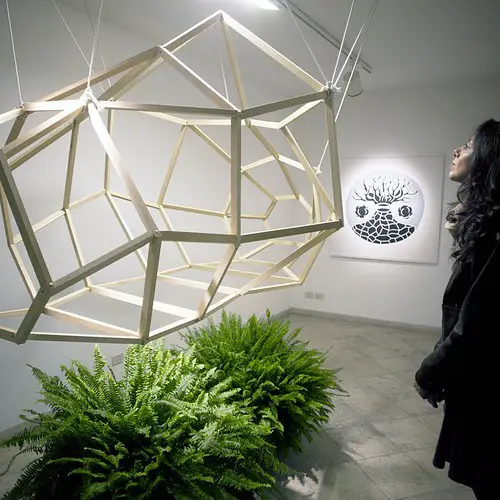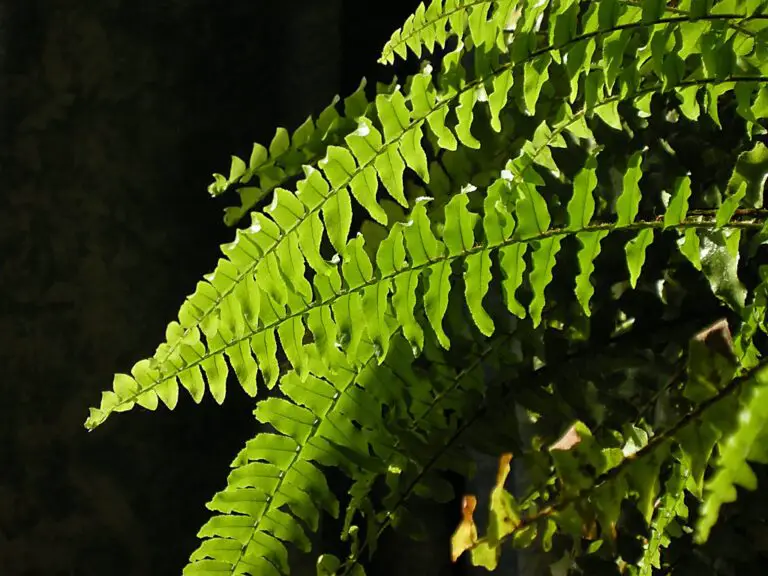Understanding the Light Requirements of Indoor Boston Ferns
Bringing the lush, feathery fronds of Boston Ferns into your home is like adding a little slice of the great outdoors to your living space. These iconic indoor plants, known for their arching greenery and air-purifying qualities, have been a staple in households for generations. However, ensuring that your Boston Fern thrives within the confines of your living room involves more than just watering and the occasional primping—it’s about creating an environment that mimics the dappled sunlight of its native tropical forests.
In this comprehensive guide, we’ll explore the nuanced relationship between Boston Ferns and light, providing invaluable insights and practical advice to home gardeners looking to cultivate flourishing fronds. Whether you’re a seasoned green thumb or just starting your indoor gardening journey, mastering the art of Boston Fern lighting will lead to a more vibrant and resilient plant.
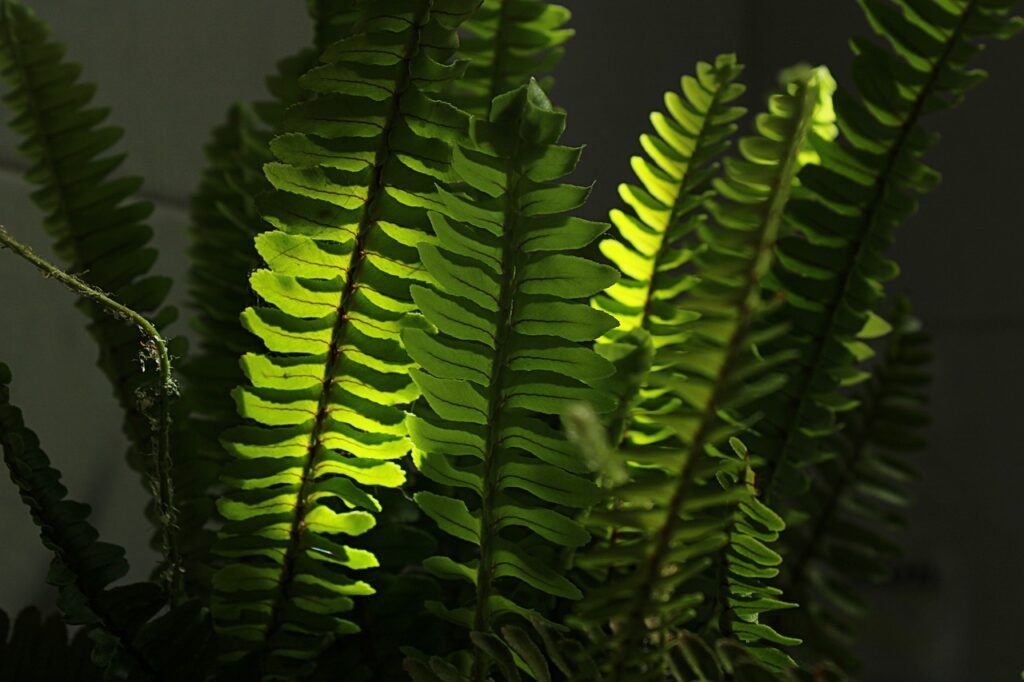
Light Needs of Boston Ferns
Ideal Light Conditions
Boston Ferns hail from the shaded undercanopy of tropical rainforests, thriving under filtered light or in partial shade. This means they prefer bright, indirect sunlight that’s been softened by a curtain or the canopy of other plants. Direct sunlight can scorch their delicate leaves, leading to a parched, yellowed appearance.
Signs of Inadequate Light
Recognizing the telltale signs of light deprivation in your Boston Fern is critical for prompt adjustment. If your fern appears leggy, with elongated, pale fronds that are smaller than usual, it’s likely reaching for more light. Conversely, if the plant’s lush greenery begins to thin out, or its fronds lose their fullness and vibrancy, you may be overcompensating with too much shade.
Avoiding Direct Sunlight
Many indoor gardeners make the mistake of placing their Boston Ferns near unfiltered sunbeams, which can damage the plant over time. To protect your ferns, be aware of the sun’s movement throughout the day and keep them away from the most intense beams. Early morning or late afternoon light is gentler and more conducive to their growth.
Optimizing Light for Boston Ferns
Placement Tips
Finding the perfect spot for your Boston Fern can be a game of inches. Ideal locations include well-lit corners of your home where natural light diffuses across the room. Hanging baskets near an east or west-facing window, provided there is a sheer curtain or blinds to filter the light, can be perfect. Alternatively, position your fern close to a window but out of the line of direct sun.
Artificial Light Options
For those without access to sufficient natural light, artificial lighting is a pragmatic solution. LED grow lights have become a favorite among plant enthusiasts for their energy efficiency and the ability to be tailored to plants’ specific needs. Aim for a full-spectrum light that mimics natural sunlight to provide the necessary light wavelengths for growth and photosynthesis.
Light Duration
Regular light exposure is essential, but the duration is just as critical. For Boston Ferns, a standard 12-16 hours of light per day is ideal. Timers can effectively manage this, ensuring your plants receive consistent lighting without you having to constantly adjust them.

Common Mistakes in Providing Light
Overexposure
Boston Ferns can be sensitive to excessive light. If you notice browning or yellowing of the leaves, assess the intensity and duration of light exposure. Remember, a little bit of shade can be a fern’s best friend.
Underexposure
On the flip side, not enough light can lead to stunted growth and a less robust plant. Monitor changes in your fern’s behavior and environment to determine whether more light is the remedy.
Incorrect Light Sources
Choosing the wrong light source can be detrimental. Standard household incandescent bulbs are not the best for ferns, as they emit too much heat and too little of the blue light spectrum needed for healthy foliage. Invest in quality LED or fluorescent grow lights to provide your fern with the right environment.
Conclusion
Understanding and managing the light requirements of your indoor Boston Fern is a fundamental aspect of successful plant care. With this knowledge, you’re one step closer to fostering a thriving fern that will bring beauty and vitality to your home. Remember to observe your plant’s response to its environment, be prepared to adapt, and never underestimate the importance of good lighting in the life of a Boston Fern. Now, go forth and light up those fronds!
By taking the time to appreciate the unique needs of your Boston Fern, you’re not only cultivating a healthier plant but also deepening your connection to the natural world within your home. Continue to educate yourself on the intricacies of indoor gardening, and your Boston Fern will serve as a verdant testament to your growing expertise as a home gardener. Whether you’re adjusting a sun-soaked window or tweaking a delicate LED grow light, the careful balance of light and life will reward both you and your fern in the most dynamic of ways.

